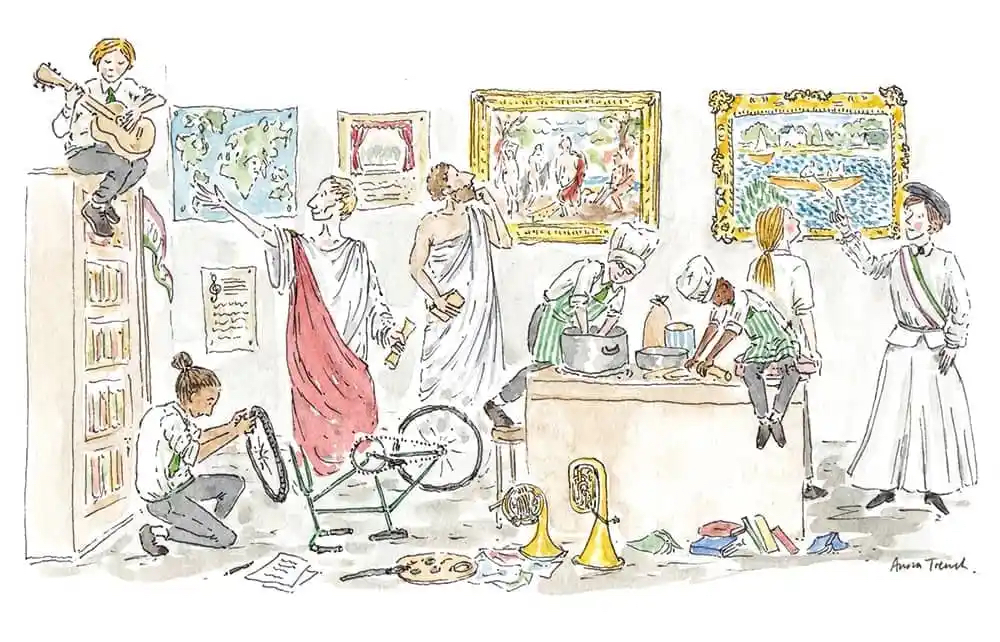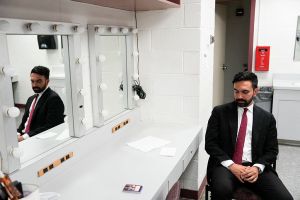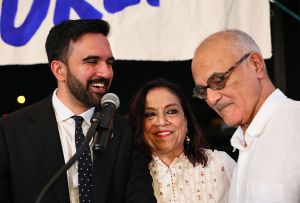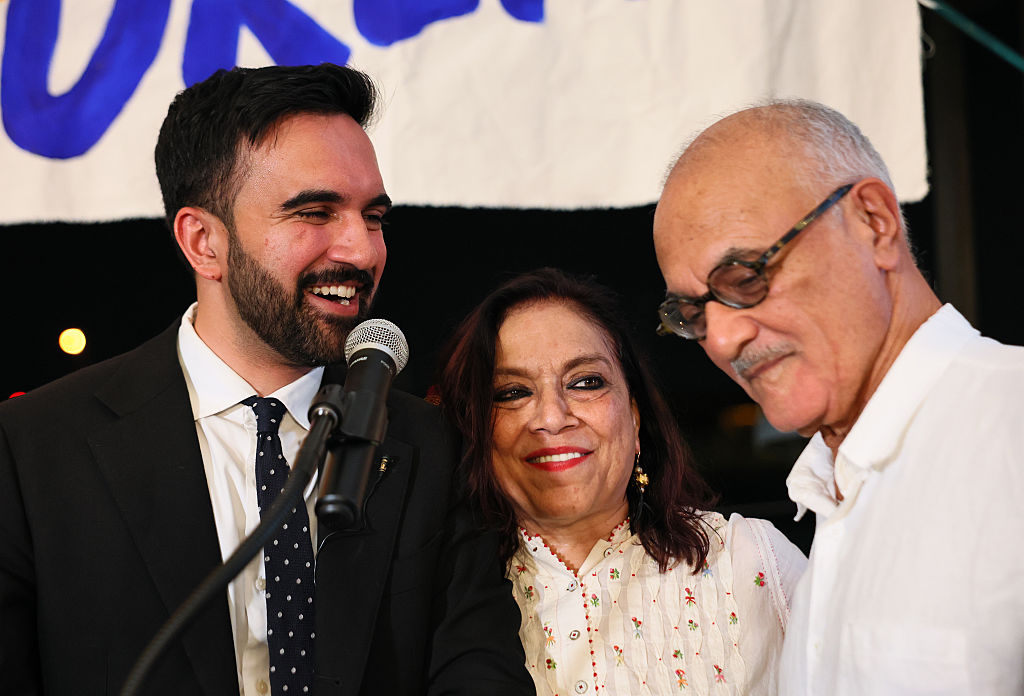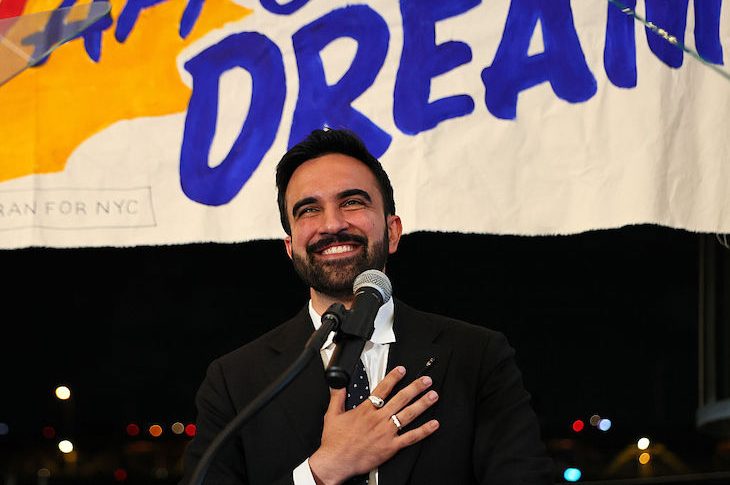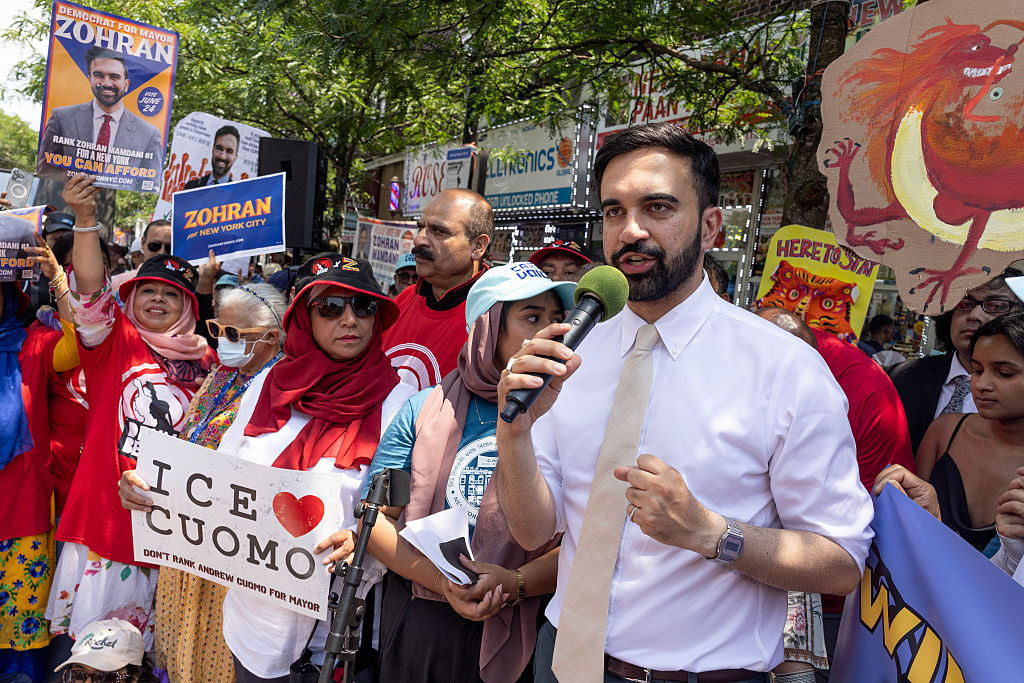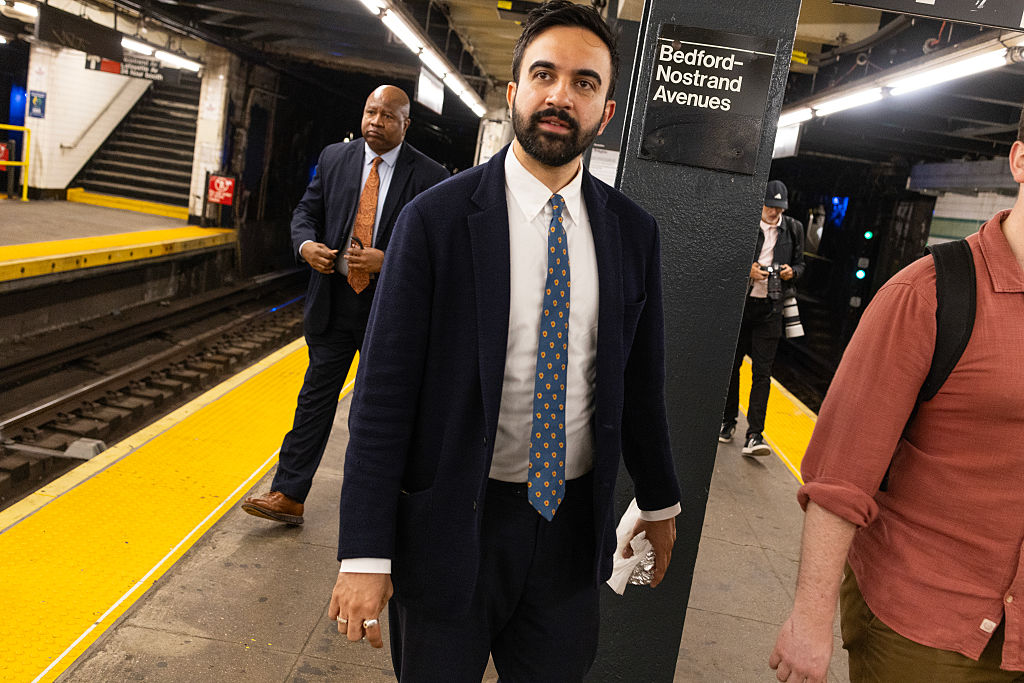Only occasionally in American history does an issue surface that challenges not only the values of an established political party but the party’s ability to function. If any such issue has emerged in our own time, it’s clearly school choice. The evolution of such a diverse educational marketplace — private schooling, homeschooling and tutoring, among other options — will severely reduce the Democratic Party’s election workforce, squeeze its finances and even discredit its basic philosophy.
Consider first the workforce. If nothing else, the widespread subsidy of K-12 grade schooling in venues not run by teachers’ unions would deplete the enormous army of campaign workers that Democrats have come to depend upon during every election cycle. In New Jersey, for example, that state’s 203,000-strong teachers’ union operates most of the party’s phone banks, conducts mass Zoom meetings and town halls, canvasses door-to-door, holds get-out-the-vote rallies, leads “voters of color” walks and facilitates early voting.
Over time, even those unionized educators and administrators who remain employed by public school districts would have far less incentive to campaign for Democrats. Now, in a more competitive environment, where job security depends upon an educational institution’s ability to meet the needs of local families, many would come to regard the kind of inflexible and unproductive work rules that both the party and union once crafted together as impediments to their own success.
As to the impact of school choice on Democratic Party coffers, both the decline in teachers’ union affiliation and the reduced value of unions to their remaining members would significantly decrease what unions could raise from annual dues, in turn decreasing how much could be passed along to left-wing candidates. The party that received an historic $64.5 million for the 2020 presidential race directly from various teachers’ unions (and millions more in so-called “dark money” funneled through intermediary groups) would soon find itself operating on a much leaner budget.
But by far the most destabilizing impact of school choice would be its ability to finally break an intellectual stalemate that has divided the country for decades. Increasingly, Democrats have become the voice of credentialed expertise, the party that believes social problems are best solved by subsidized professionals who have mastered the relevant academic wisdom. Democrats do not completely dismiss the traditional American governors of social progress — personal morality, faith and individual responsibility — but view them as needing to conform to the supposed wisdom of modern sociology.
Republicans, for their part, also respect technological expertise, but are far more suspicious of its capacity to be manipulated for both personal and factional gain. As a result, they are inclined to support policies that rely primarily on the judgment of those who would be most impacted by them (or, in the case of minors, on their parents or guardians).
At a time when the Democrat model is under increasing attack — both for the inflationary consequences of its ever-growing costs and the post-Covid sense that expert guidance only made the pandemic worse — the successful development of a parent-run school system would have far-reaching political consequences. Should it become clear that children do best in schools that are chosen and even run by their own parents, the public would be open to rethinking the delivery of other public services, from welfare to health care.
Democrats themselves seem especially concerned about this last possibility. According to a recent study by the Annenberg Institute for School Reform at Brown University, many on the left who previously supported modest innovations like charter and magnet schools are now rejecting them, not for any educational reason but to back the party’s belief in credentialed governance.
How worried, then, should Democrats be about their future? That all depends on how many state legislatures are really prepared to surrender the public schools’ monopoly call on taxpayer funding of education.
On the one hand, choice advocates have clearly made some remarkable progress over the last two years. After decades of enacting only experimental programs, many intended just for poor children or those with learning disabilities, policies granting near universal eligibility for alternative schooling have passed in six states: Arizona, Arkansas, Florida, Iowa, Utah and West Virginia. At least eight other states, including Texas, are on track to soon adopt similar bills.
Yet it is also true that these successes have only occurred in very Republican-leaning states, where the opposition to school choice has not been strong. Setting up a genuine educational marketplace in California, Illinois, Massachusetts or New York will prove much harder. If one were drawing an analogy to World War Two battles, the red states are Italy; the blue states are the Normandy beaches.
Nevertheless, it does seem likely that, over the long run, even Democrat-dominated legislatures will have a hard time resisting school choice, especially as their parent constituents learn how well red state students are doing compared to their own. Studies, not only of experimental programs in the US but of choice policies in Sweden, the Netherlands, Denmark and other countries, show that kids who come out of competitive school systems are far better prepared academically, have stronger characters and are more likely to engage in civic activity.
Even blue state voters without school-age children will come to appreciate the fiscal benefits of school choice, which in Connecticut, New Jersey and New York have been calculated to save taxpayers billions annually. They will also realize how their own state’s most distressed cities can benefit from the fact that potential residents are no longer put off by the prospect of having to send their kids to bad public schools.
The real question for Democrats is whether they can hold off the school choice movement long enough to replace the declining strength of their teachers’ union backbone with support from a new and growing public sector ally. This certainly seems to be a strategy at work behind the kind of green energy legislation that relies on large administrative bureaucracies.
Already New York’s twenty-two-member Climate Action Council has published its “Scoping Plan,” which would commit the Empire State to creating 300,000 emissions control jobs, regardless of whatever technologies end up being adopted. And it is certainly no coincidence that President Biden’s recent climate bill, bizarrely named the Inflation Reduction Act, envisions the government hiring or subsidizing 150,000 lawyers, paralegals, compliance officers and policy experts to administer so-called “environmental justice.”
The Democrat Party as currently structured is clearly under long-term threat. With fewer teachers’ union campaign workers, smaller cuts from teachers’ union dues and a discredited philosophy that elevates credentialed elites over the wisdom of average parents, its only hope seems to be controlling environmental policy to the same extent that it once controlled K-12 schooling.



